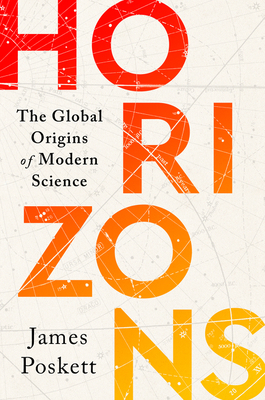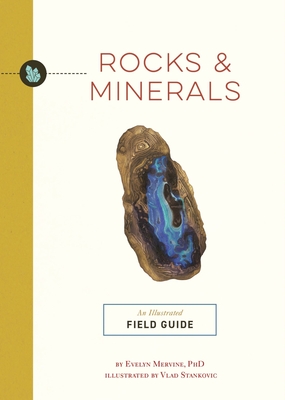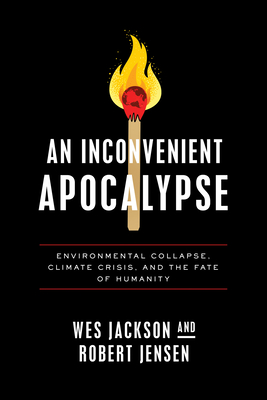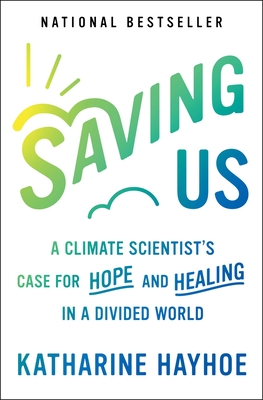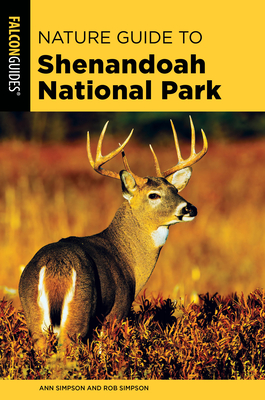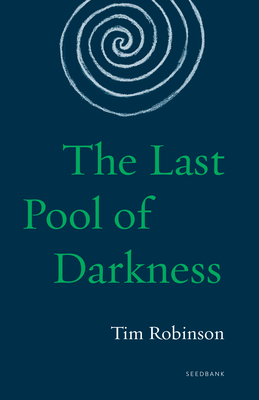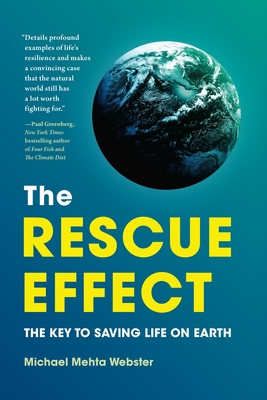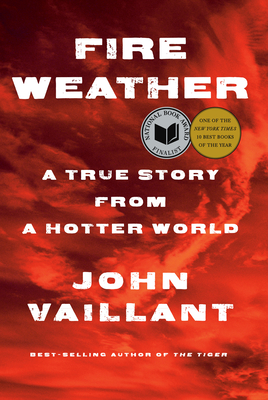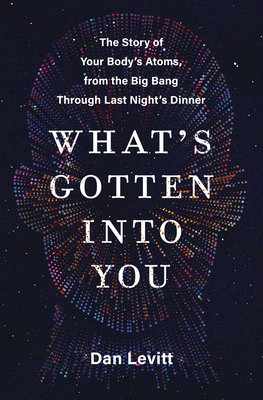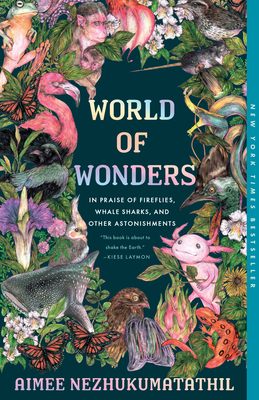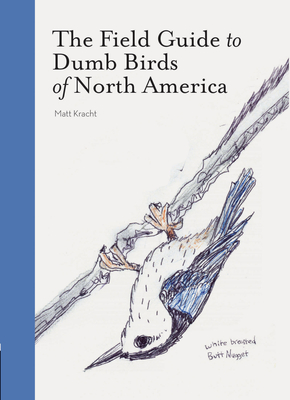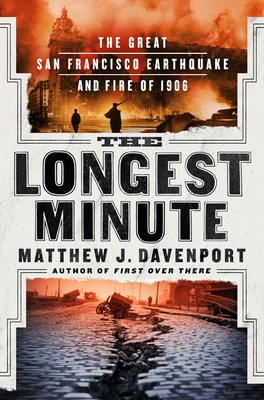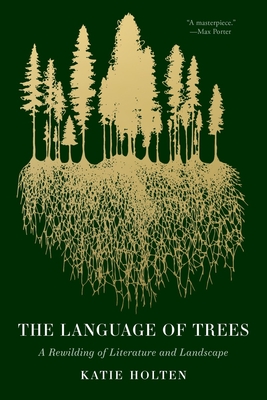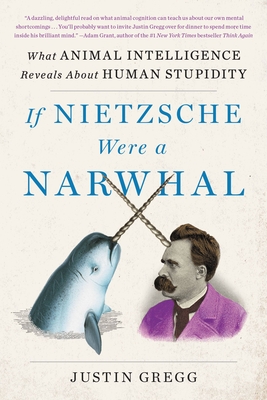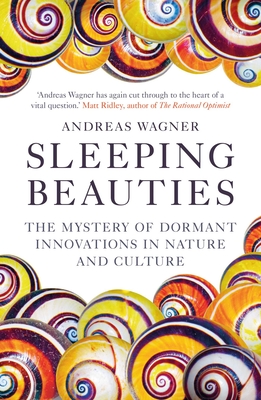
Physics of the Upper Polar Atmosphere (Springer Atmospheric Sciences)
Description
1. The Sun as a radiation source.- 1.1 General about the Sun .- 1.2 The solar atmosphere.- 1.3 The electromagnetic radiation from the Sun .- 1.4 Planck's radiation law.- 1.5 The greenhouse effect.-
1.6 Radiowave emissions from the Sun.-1.7 The sunspots - Solar cycle.-1.8 The electromagnetic radiation from the disturbed Sun.-
1.9 Particle emissions from the quiet Sun.-1.10 Fluid flow in a nozzle.- 1.11 The solar wind equation.- 1.12 The frozen-in field concept 1.13 The garden hose effect.- 1.14 Exercises.- 2. The atmosphere of the Earth 2.1 Nomenclature.- 2.2 The temperature structure of the atmosphere.- 2.3 Atmospheric drag on satellites.- 2.4 The atmosphere as an ideal gas.- 2.5 The exosphere.- 2.6 Height-dependent temperature.- 2.7 The adiabatic lapse rate.- 2.8 Diffusion.- 2.9 The equation of motion of the neutral gas.- 2.10 The geostrophic and thermal winds.- 2.11 The wind systems of the upper atmosphere.- 2.12 Observations of the neutral wind.- 2.13 Collisions between particles.- 2.14 Collisions in gases with different temperatures.- 2.15 Drag effects.- 2.16 Thermospheric neutral winds.- 2.17 The E-region winds.- 2.18 Observations of E-region neutral winds.- 2.19 The vertical motion.- 2.20 Exercises.- 3. The Earth's magnetic field and magnetosphere.- 3.1 An historical introduction.- 3.2 Description of the Earth's magnetic field.- 3.3 Mathematical representation of the Earth's magnetic system.- 3.4 Secular variations in the Earth's magnetic field.- 3.5 Tracing the magnetic field lines.- 3.6 E-field mapping along conducting magnetic field lines.- 3.7 The source of the magnetic field of the Earth.- 3.8 The unipolar inductor.- 3.9 The magnetic field away from the Earth.-
3.10 The magnetic tail.- 3.11 Magnetic field merging.- 3.12 Effects of the magnetic force.- 3.13 The energy flux into the magnetosphere.-3.14 Some aspects of the energy balance.- 3.15 Magnetic field convection.- 3.16 High-latitude convection patterns and field-aligned currents 3.17 Exercises .- 4. The ionosphere.- 4.1 The production of ionization by solar radiation.- 4.2 The ionization profile of the upper atmosphere.- 4.3 The Chapman ionization profile.- 4.4 The recombination process.- 4.5 The O+ dominant ionosphere.- 4.6 Ambipolar diffusion.- 4.7 Multicomponent topside ionosphere.- 4.8 Diffusion in the presence of a magnetic field.- 4.9 The E-layer ionization and recombination.- 4.10 The time constant of the recombination process.-4.11 The D-region ionization and recombination.- 4.12 Equatorial fountain effect.- 4.13 Ferraro's theorem.- 4.14 The magnetospheric convection close to the Earth 4.15 Exercises .-5 Currents in the ionosphere.- 5.1 The steady-state approach.- 5.2 Rotation of the ion velocity by height in the ionosphere.- 5.3 The current density in the ionosphere.- 5.4 Height-dependent currents and heating rates.- 5.5 Heating due to collisions.- 5.6 Heating of an oscillating electric field.- 5.7 Currents due to gravity and diffusion.- 5.8 Exercises.- 6. Magnetic fluctuations in response to height-integrated currents.- 6.1 Height-integrated currents and conductance.- 6.2 Magnetic field fluctuations from auroral currents.- 6.3 Equivalent current systems.- 6.4 Equivalent currents at different latitudes.- 6.5 The Sq current system.- 6.6 Mapping of E-fields in the ionosphere.- 6.7 Polarization fields around an auroral arc.- 6.8 Currents related to an auroral arc.- 6.9 Exercises.- 7 The aurora.- 7.1 An historical introduction.- 7.2 The height of the aurora.- 7.3 The occurrence frequency of the aurora.- 7.4 The global distribution of the aurora.- 7.5 The auroral appearance.- 7.6 Auroral particles.- 7.7 Precipitation patterns of auroral particles.- 7.8 The energy deposition profiles of auroral particles.- 7.9 Deriving energy spectra from electron density profiles.- 7.10 Excitation processes in the aurora.-7.11 The quenching process.- 7.12 The proton aurora.- 7.13 Exercises References Symbols Index.


